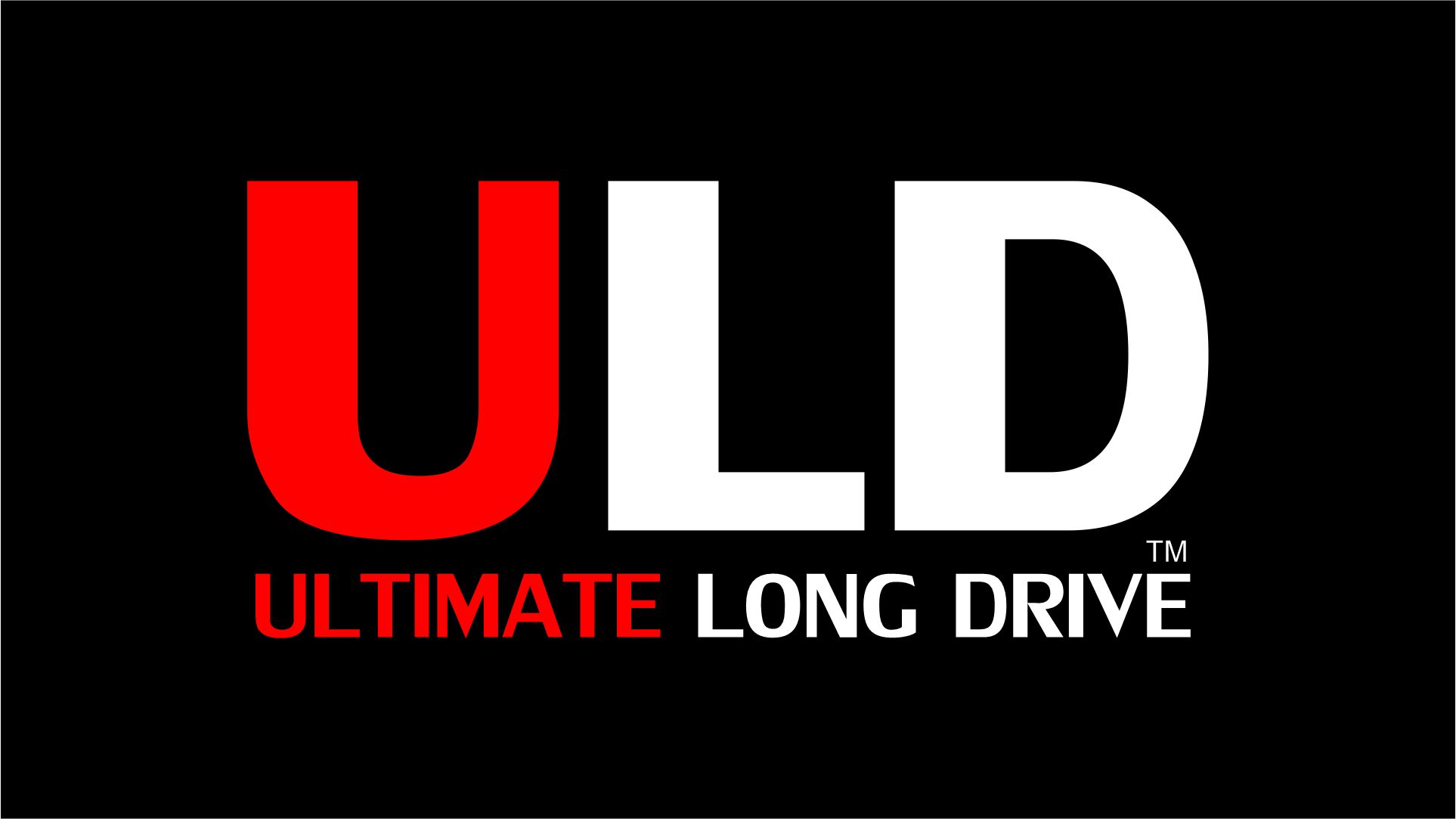Shaving the face of a golf club can have a significant impact on the Coefficient of Restitution (COR) and Smash Factor. The COR refers to the measurement of how efficiently the clubface transfers energy to the golf ball upon impact, while the Smash Factor represents the ratio of ball speed to clubhead speed.
When the face of a golf club is shaved, it means that the grooves and surface of the clubface are modified to enhance performance. This alteration can lead to increased COR and Smash Factor, resulting in improved distance and ball flight.
By shaving the face, the contact area between the clubface and the ball is increased, allowing for a more efficient transfer of energy. This means that a higher percentage of energy generated by the golfer’s swing is transferred to the ball, resulting in increased ball speed.
Additionally, shaving the face can also help reduce the spin rate of the ball. Lower spin rates can enhance distance, as excessive spin can cause the ball to balloon and lose momentum. With reduced spin, the ball can achieve a more penetrating flight and cover greater distances.
It is worth noting that shaving the face of a golf club may not be allowed in certain tournaments or competitions as it can provide an unfair advantage. However, for recreational golfers looking to maximize their performance, shaving the face can be a viable option.
In conclusion, shaving the face of a golf club can positively affect the COR and Smash Factor. It can increase the energy transfer from the clubface to the ball, resulting in higher ball speeds and improved distance. Moreover, shaving the face can help reduce spin and enhance the overall performance of the golf club.
843-272-1900
[email protected]
